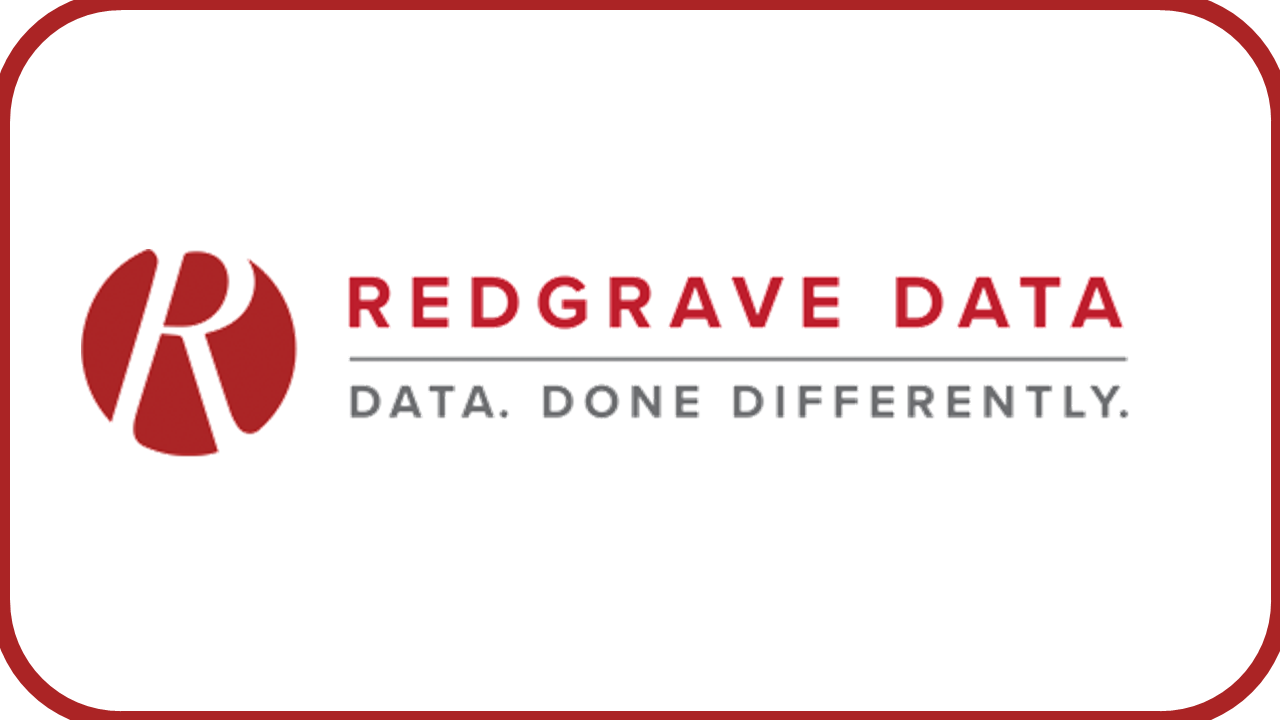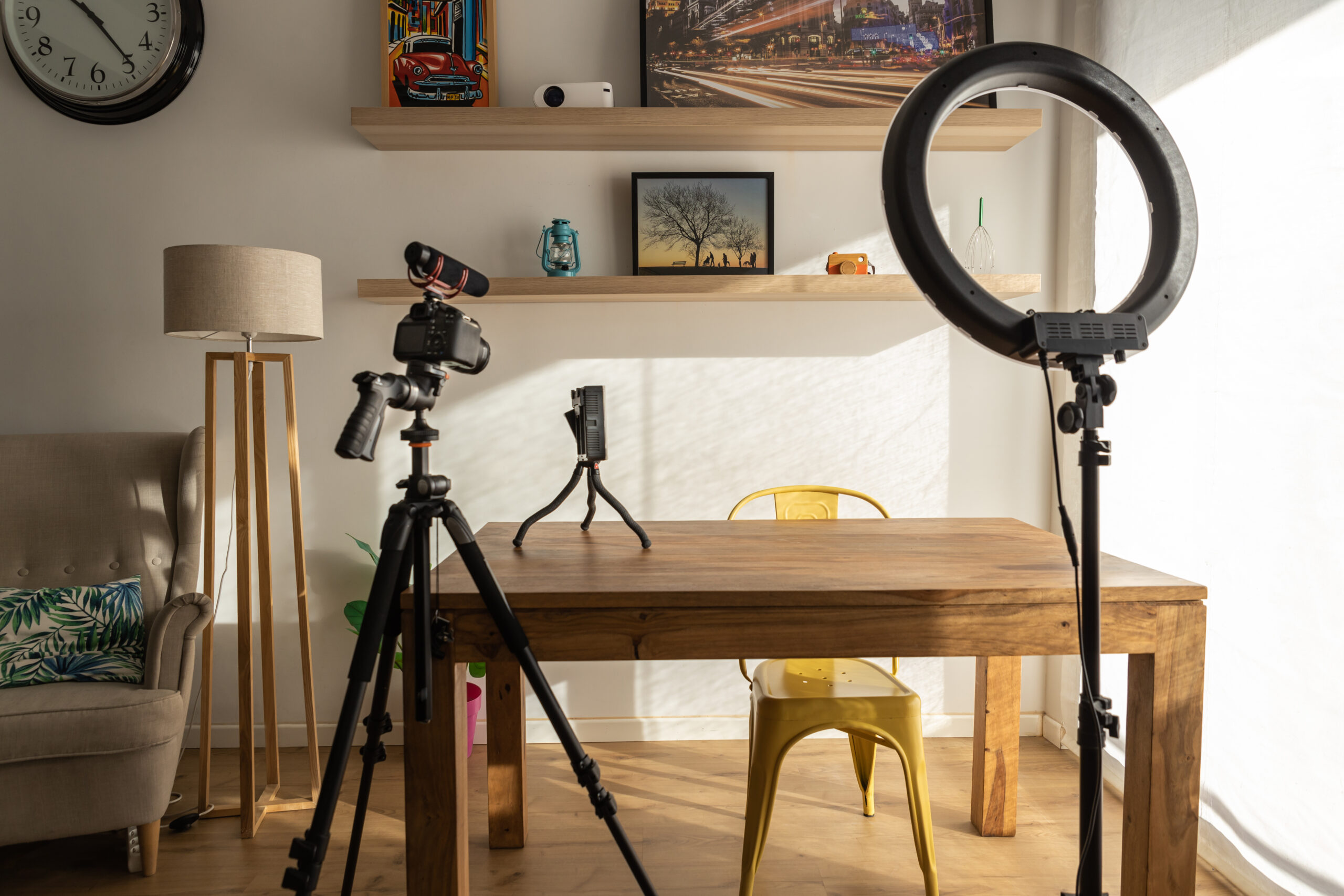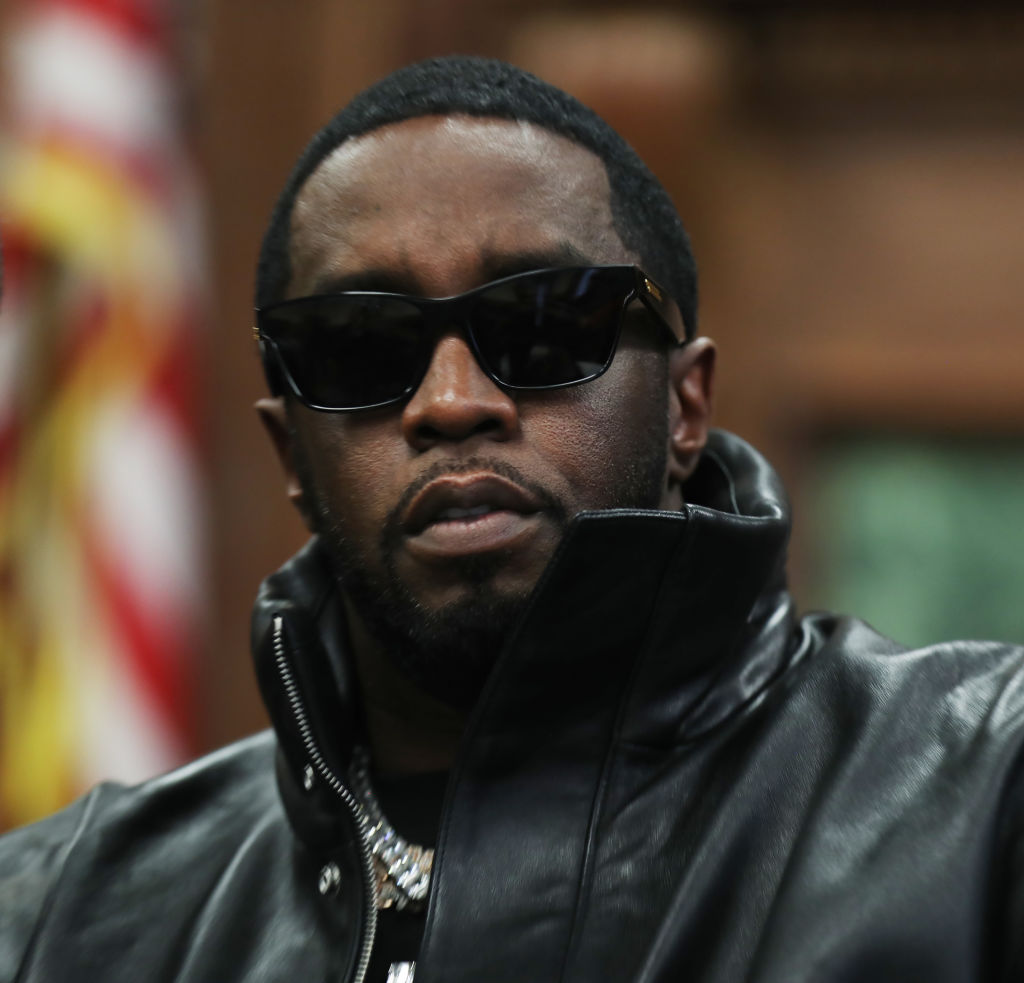To print this article, all you need is to be registered or login on Mondaq.com.
Seyfarth Synopsis: On April 1,
2024, the Federal Register published OSHA’s final rule revising its
regulations regarding whom employees can authorize to act as their
representative(s) to accompany compliance officers during on-site
OSHA inspections.
Under Section 8(e) of the Occupational Safety and Health Act,
employees and employers alike have the right to have a
representative accompany OSHA Compliance Officers
(“CSHOs”) during physical inspections
(“walkarounds”) of worksites as part of OSHA inspections.
OSHA inspections can arise from serious accidents and injuries;
employee or third-party complaints; or through targeting employers
in “high-risk” industries, like warehousing. Depending on
the type of inspection, walkarounds can be “wall to wall”
(i.e., covering the entire worksite) or limited to the area where
an employee was injured or the areas referenced in a complaint.
After a period of notice and comment rulemaking (which we previously blogged about), the
Department of Labor has officially revised its regulations (29 CFR
1903.8) to clarify that employees have the right to designate a
non-employee, third
party to be their representative during the physical
walkaround. OSHA views this update as “consistent with
[its] historic practice,” asserting “the rule clarifies
that a non-employee representative may be reasonably necessary
based upon skills, knowledge or experience.” However,
stakeholders and at least one court disagreed with OSHA’s
interpretation, suggesting only an employer’s employee could
serve as the walkaround representative. Now, OSHA has effectively
indicated non-unionized employees can look outside the workplace
– e.g., to unions – for support during an OSHA
inspection.1
Technically, the revised regulations place limits on third-party
employee representatives to ensure their presence actually aids the
inspection. Specifically, a third-party must be “reasonably
necessary to the conduct of an effective and thorough physical
inspection of the workplace by virtue of their knowledge, skills,
or experience.” According to OSHA
guidance issued alongside the revised rule, this can include,
for example, technical knowledge or practical experience about the
processes and hazards of the type present in the workplace that
CSHOs may not have, or language and communication skills that
facilitate the gathering of information from employees. Under the
current administration, OSHA is likely to be extremely deferential
to the requests of employees.
The rule provides the CSHO ultimate discretion to decide whether
a third-party is “reasonably necessary to the conduct of an
effective and thorough physical inspection of the workplace by
virtue of their knowledge, skills, or experience.” Employers
questioning the qualifications of the non-employee third party
should raise the objection immediately with the CSHO and request
clarification as to the necessity of that third party’s
presence for the walkaround. If OSHA’s response is
unsatisfactory, employers can consider denying access to that
third-party representative.
Should an employer refuse “to permit a representative of
employees to accompany the Compliance Safety and Health Officer
during the physical inspection of any workplace in accordance with
§ 1903.8, the Safety and Health Officer shall terminate the
inspection” or narrow it to areas, topics, and materials to
which the employer does not object. 29
CFR 1903.4(a). The CSHO must report the employer’s refusal
– and the reason for it – to their Area Director, who
will discuss it with OSHA’s attorneys at the Solicitor’s
Office. Id. Employers may be able to raise legal defenses
to third party visits on site, relating to the third party’s
suitability, skills, experience, and method of selection at a
non-represented workplace.
Even if there is no dispute as to the third-party
representative’s presence, employers should take care to ensure
the protection of confidential documents, trade secrets, and other
confidential information. For example, during the walkaround
inspection, it is typical for OSHA to take photographs of the
workplace and for employers to take “side-by-side” photos
of the same equipment and work areas. The revised regulations do
not entitle non-employee third party representatives to possession
of those photographs (or any other materials provided to OSHA
during the inspection), or the ability to take photos without the
employer’s permission.
Footnotes
1 Employers in state plan states, like California, should
continue to comply with those states’ applicable rules and
regulations regarding union and third-party access to OSHA
inspections. But, as required by section 18 of the OSH Act, States
will need to ensure their standards and enforcement of those
standards are at least as effective as any final rule published by
OSHA following the notice and comment rulemaking
process.
The content of this article is intended to provide a general
guide to the subject matter. Specialist advice should be sought
about your specific circumstances.
POPULAR ARTICLES ON: Employment and HR from United States
#Union #Intrusion #OSHA #Rule #Permits #NonEmployee #Union #Representatives #OSHA #Inspection #Walkarounds #Health #Safety











